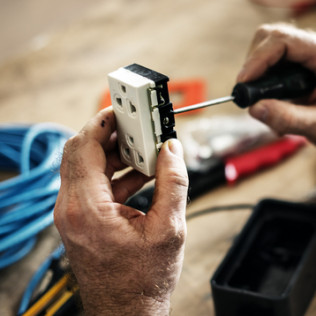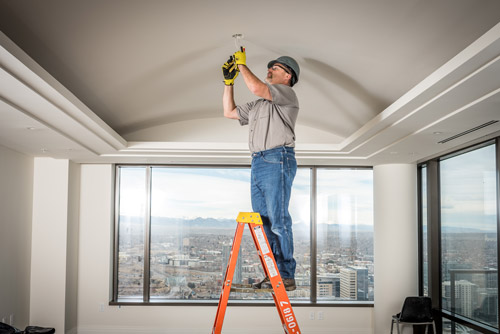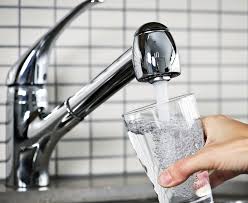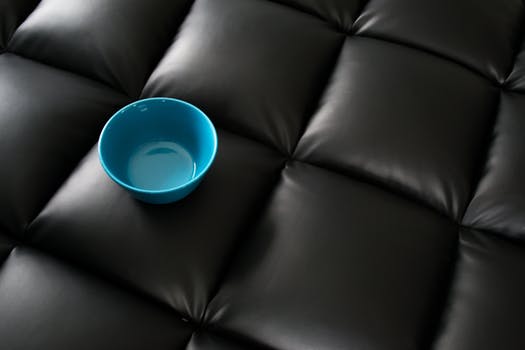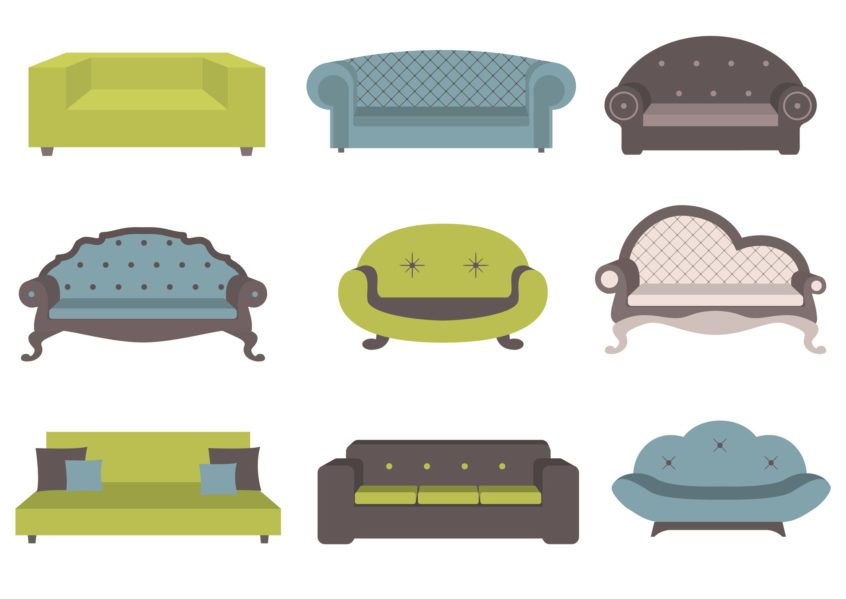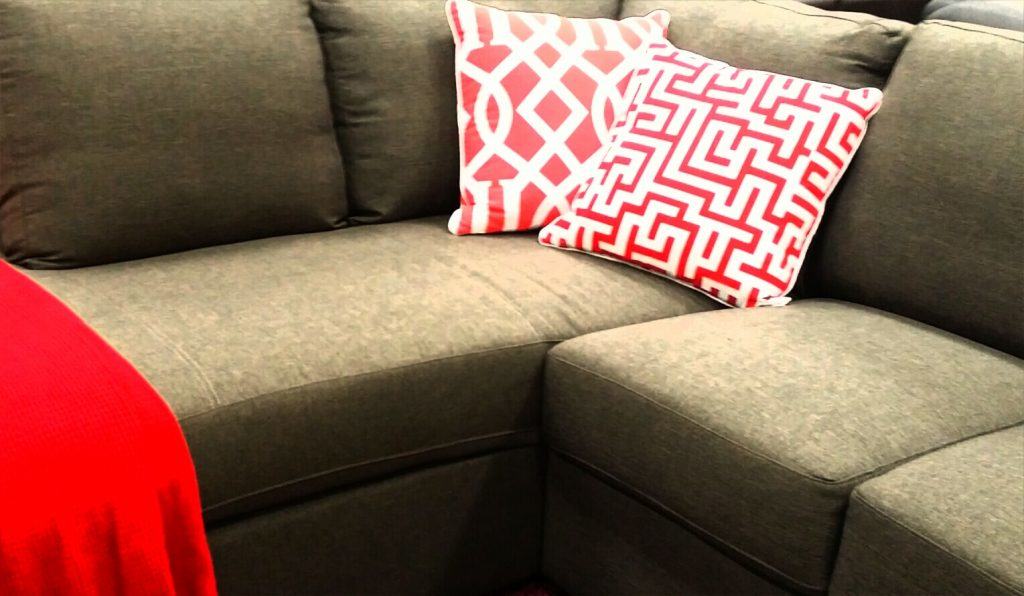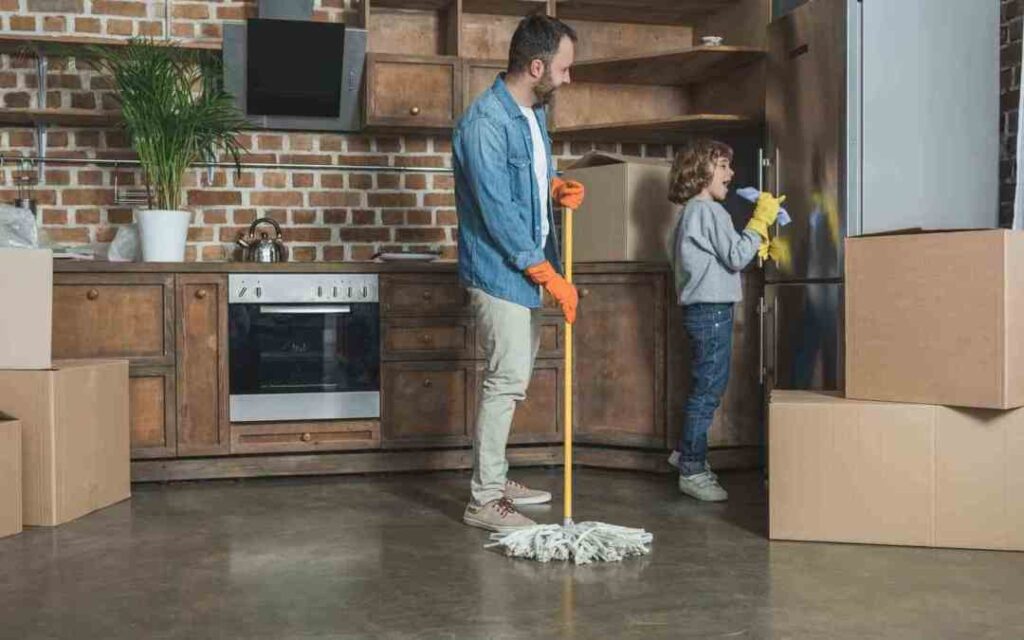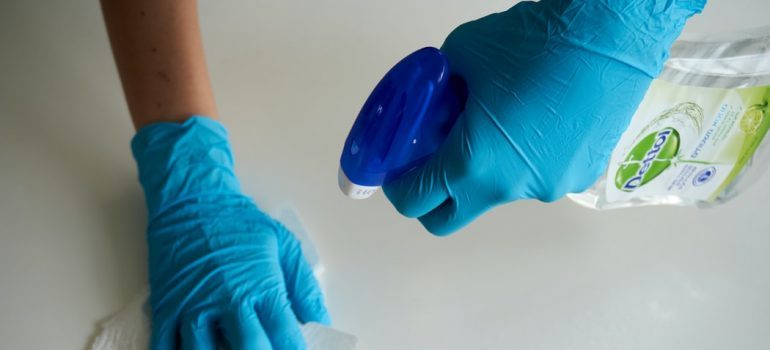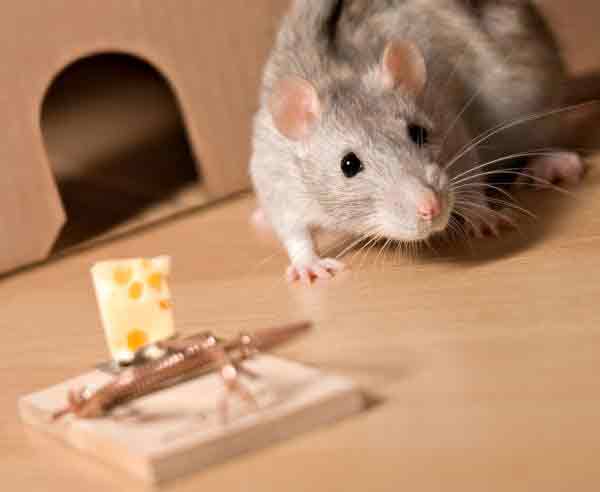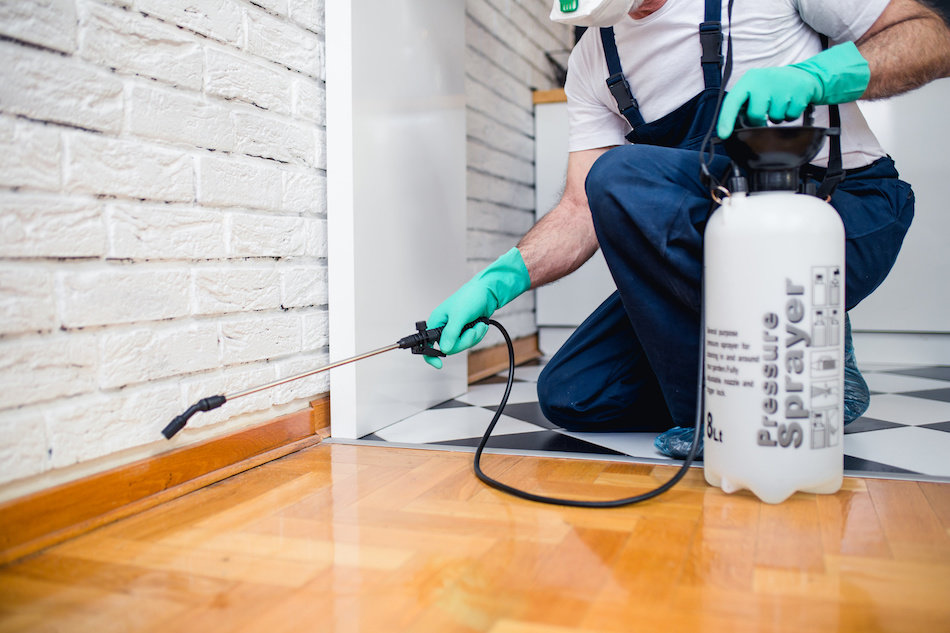Signs Your Carpet Needs Replacing
While ensuring your carpet is cleaned by professionals on a regular basis keeps it fresh and clean as well as helps it last longer, there will surely come a point when it needs to be replaced.
Like everything else, carpets have a lifespan too. Even though proper maintenance increases the duration, foot traffic, dust particles, and occasional spills will damage the carpet in the course of time. Unfortunately, when this happens, even professional cleaners can fix things up to a certain extent. At some point, you have no choice but to replace your carpet.
Here are seven clear signs that it’s time to call the professionalsand trade in your old carpets for something new.
1. Stubborn Stains
That beige carpet might have seemed a versatile color when you chose it. But now it’s covered with stubborn coffee, red wine, and spaghetti sauce stains it doesn’t seem like it was such a good choice.
Although professional cleaning can help, you should avoid using store-bought cleaners. These can damage your carpets with harsh chemicals and may make stains appear worse.
There’s always the option of covering stains with furniture or rugs. But if your house is starting to resemble an obstacle course with everything you’ve placed over stains in an attempt to hide them, it could be time for a carpet replacement.
2. Water Damage and Mold
While most stains look unsightly, stains caused by water damage are also potential health hazards.
Water damage from leaking pipes and radiators in your home can then lead to mold and mildew stains on your carpets. Mold can be dangerousand even fatal for those with severe mold allergies or asthma.
The best way to prevent water and mold from damaging your carpet is with regular inspection, especially around areas of carpet near pipes. Look for black, white, or green stains that change shape, or musty smells that won’t go away.
If you suspect your carpet might have mold, you can buy a mold testing kit to be sure. But, if there’s mold, ripping up the carpet and starting afresh is the only way to ensure the safety of your home and family.
3. Bad Odors
If even proper cleaning can’t get rid of noticeable bad smells coming from your carpet, it’s likely that the odor has seeped into the carpet fibers, padding, or sub-floor underneath.
Bad odors may come from human or animal biological materials such as vomit, pet urine, or feces, as well as mold and mildew. This means that not only is a smelly carpet unpleasant, it’s also a cause for concern about health risks.
As such, your only option to get rid of odors and the health risks they may suggest is a full carpet replacement.
4. Wear and Tear
The flooringis one of the first things that guests and potential buyers notice when they enter a home. If your carpeting shows signs of matting, or has tears and worn patches, your house can look shabby and dirty as a result, no matter how clean it is.
Carpet fibers start to become frayed and matted within three to five years so some wear and tear is hard to prevent. This is especially the case for carpets in areas with a lot of foot traffic, such as stairs, hallways, and living rooms.
Of course, worn patches, rips, and loose carpet in high-traffic areas can also pose a risk for trips, slips, and falls. With this in mind, removing carpet from stairs and landings is a wise move to avoid potential accidents in the home.
5. Increased Allergy Symptoms
Carpet fibers are magnets for pet fur, dirt, dust, pollen, and a whole host of other allergens that can cause uncomfortable symptomslike sneezing, stuffiness, and itchy, red eyes.
If it seems like your family is always suffering from colds or allergies, your carpet could be the culprit. And, while good hygiene and professional maintenance can help, even thorough cleaning can’t remove all signs of allergens. Plus, there are only so many times you can clean your carpet before it starts to wear out.
6. Worn-Out Padding
Your carpet padding provides a layer of cushioning as well as a noise buffer and added insulation. Depending on the material, carpet padding can last up to 25 years. Although, the most popular foam-based carpet padding only lasts around 10 years.
Over time, and especially in high-traffic areas, your padding can degrade and become misshapen and dirty, just like the carpet above it. The result will be a carpet that’s uneven in places, wrinkled, and less comfortable to walk and sit on.
Once your carpet padding is worn out, it often makes sense to replace it the next time you replace the carpet.
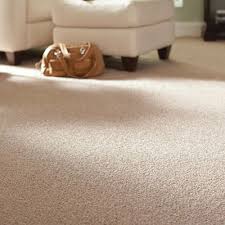
Signs You Need Your Carpet Cleaned
Sometimes, a thorough cleaning is all your need to get your carpet looking — and smelling — like new. If any of the signs discussed below apply to you, you might be in need of a professional carpet cleaning.
It Hasn’t Been Cleaned In Over A Year
When was the last time you had your carpets cleaned? Even if you’re careful about spills and don’t let your kids wear shoes in the house, your carpets still collect a lot of dirt and dust that should be regularly removed by a professional.
When it comes to carpet cleaning, a general rule is that it should be professionally cleaned at least once a year.
If it’s been longer than a year, you should definitely contact a carpet cleaning service, especially if you have pets or small children running around. Regular cleanings will extend the lifespan of your carpet, make day-to-day maintenance easier, and improve your home’s overall appearance.
You’re Having Allergy Problems
If you’ve noticed that your indoor allergies have gotten worse, you might be due for a professional carpet cleaning.
Carpets collect a lot of dust, dirt, pet dander, and other allergens, even if you’re vacuuming them regularly. The slightest movement — like sitting on or walking across the carpet — can disturb these allergens and send them into the air, where they can circulate for several hours before settling back down again.
To get rid of some of this build up and improve your allergy symptoms, you should get your carpets cleaned as soon as possible.
It’s Looking Dull Or Dirty
When you look at and walk across your carpet every day, you get used to the way it looks. You might not think your carpet looks bad, but a furniture test can let you know how dull or dirty it really is.
Move a piece of furniture that hasn’t been moved in a while, and take a look at the carpet underneath. Does it look lighter, fluffier, and cleaner, especially compared to the carpet surrounding it?
Professional cleaning can help get all the dirt out of your carpet and lift it back up again so that it looks as good as new!

Signs Your Office Carpet Should be Replaced
If you have owned the same office building for many years, then you might be needing a flooring upgrade. Over the years high traffic areas get worn down and office areas get coffee spilled on them. When people end up walking into your business their impression can be greatly impacted. Regardless of how well you take care of your carpet, it will always eventually need to be replaced. How well you take care of it can change how soon you need to replace it though. Let’s talk about the signs that tell you, it’s time to replace the carpet in your business.
There are a couple of obvious signs that your carpet needs to be replaced one of them being stains. When you have stains that you’re no longer able to remove with a carpet cleaner, and they are starting to accumulate, then it’s a good sign that it’s been long enough that you have had it. Along with that is, of course, wear and tear. If you have rips or bubbles starting to form, then you’re getting yourself into a lawsuit situation if it’s not taken care of promptly.
When considering other signs though, they may be less noticeable. For example, if there is an odor that your employees or customers are starting to smell then it’s time to rip it out. The trouble with this is that odors don’t just happen overnight, it can take some time for them to fully develop. Once it does, you might have some trouble trying to identify where the odor is coming from.
Another major sign that your carpet needs to be replaced in your place of business is the style. If you feel like you’re walking into a time warp every time you step foot into your building, then it’s time to make some updates to the place. Carpet is one update that really isn’t optional because if you don’t it will always give you away on the true age of the place. Let’s face it, people are inclined to stay or leave your business based purely on what they see with their eyes.
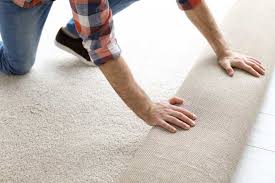
Factors Affecting the Lifespan of a Carpet
Among the factors affecting the life of a carpet, there is usage frequency (aka foot traffic), cleaning frequency, cleaning materials you use, the environment where the carpet is placed, and having little children and/or pets who can spill anything at any time on your carpet.
Usage Frequency: Foot Traffic
A carpet’s usage frequency is measured by means of foot traffic. Normally, foot traffic is a term used to describe pedestrian visitors to a pre-defined place. When it comes to carpets, it means the number of steps taken on a carpet.
Foot traffic is classified in 4 groups as light traffic, moderate traffic, heavy traffic, and extra heavy traffic. One foot traffic unit is defined as a person walking across a section of carpet one time. Light traffic means 100 foot traffic units per day. Moderate traffic corresponds to 100 to 1000 foot traffic units per day. When we say heavy traffic, we mean there are 1000 to 10000 foot traffic units per day. Finally, extra heavy traffic is equal to any number bigger than 10000 foot traffic units per day.
Whatever the foot traffic is, all carpets get worn out over time. And there will be some point when you need to replace your carpet. However, even if you can not prevent this, you can extend the life of your carpet.
For the areas with heavy and extra heavy foot traffic, you should prefer
shorter pile carpets (carpets under 2cm tall). Those are the most durable ones.
In addition to this, using wool carpets in high traffic areas would be a better choice. Wool fiber is ideal for high traffic areas as the wool bounces back making it extra durable to crushing and losing shape.
Cleaning Frequency
It is recommended that you sweep your carpets 1 time a week under normal conditions. In addition, when a stain occurs on the carpet, you should intervene it immediately. By this way, stain on the carpet won’t be permanent. Sweeping the carpet too often will cause faster aging, just as not cleaning the dirt and dust accumulated in the carpet will cause damage to its pile.
On the other hand, the frequency of carpet washing will vary depending on the number of residents and the level of use. You should clean your carpets in 3-6 months in more used rooms and in 9-12 months in less frequently used rooms. If you have a child or pet, you should clean all carpets at least twice a year.
Experts generally recommend that the carpets should be washed every 6 months. However, if there is an abnormal dust increase in the house, they should be washed more frequently. Carpet cleaning interval for families with children may be settled as every 3 months. Children of the 2-3 age group spend a lot of time on the carpet, in case of excessive dust and dirt their health will be adversely affected.
Dust and dirt are generally not visible because they penetrate deep into the carpets. This creates the perception that your carpet is clean, but no matter how strong a vacuum cleaner is, it is not completely cleaned up unless it is washed regularly. Trying to clean your carpet at home does not provide a complete cleaning. In addition to that, you should send them to be washed on a regular basis.





